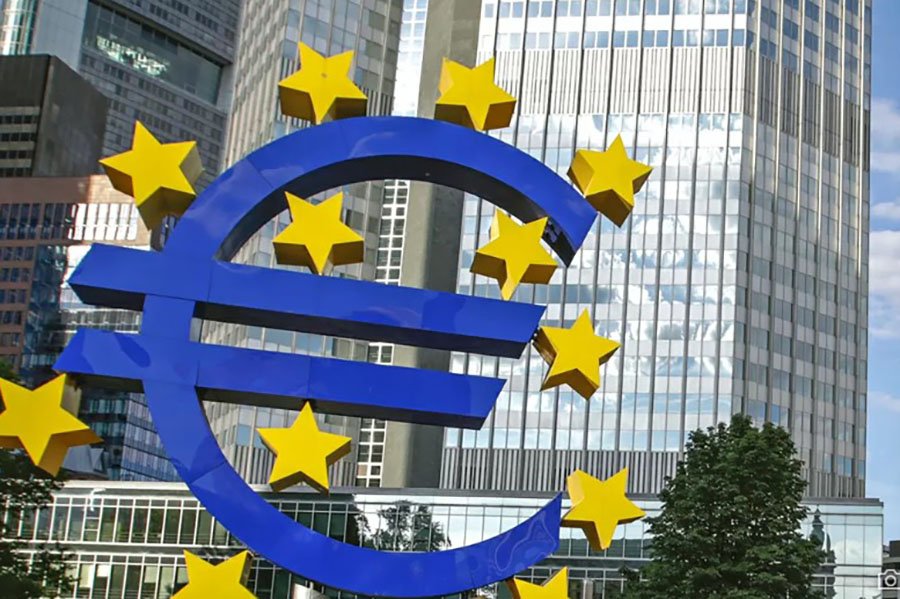читайте также
 Eurozone on Alert: ECB Flags Growing Vulnerabilities in the Financial System
Eurozone on Alert: ECB Flags Growing Vulnerabilities in the Financial System
 Hotel Investment 2025: New Opportunities for the Market — Key Insights from the Cayuga Conference
Hotel Investment 2025: New Opportunities for the Market — Key Insights from the Cayuga Conference
 Vietnam Hit by Record-Breaking Floods: Tourists Advised to Change Their Plans
Vietnam Hit by Record-Breaking Floods: Tourists Advised to Change Their Plans
 WTTC: Travel & Tourism to Create 91 Million New Jobs by 2035 — but a 43 Million Workforce Gap Looms
WTTC: Travel & Tourism to Create 91 Million New Jobs by 2035 — but a 43 Million Workforce Gap Looms
 How Children Receive Residence Permits in Europe: Full 2024 Statistics
How Children Receive Residence Permits in Europe: Full 2024 Statistics
 Cyprus to Introduce Construction Police as Oversight Tightens in 2026
Cyprus to Introduce Construction Police as Oversight Tightens in 2026
Trump 2.0: U.S. Economy and Real Estate Under Mounting Uncertainty

The first 100 days of Donald Trump’s second presidential term have shifted the trajectory of the U.S. economy across key domains including immigration, trade, and real estate. According to a report by Cushman & Wakefield, the current policy mix increases the likelihood of a short stagflationary episode in 2025 and a slowdown in core segments, though analysts anticipate a return to growth by 2026.
Stable Real Estate Metrics Amid Trade Pressures
The real estate market has remained relatively stable through Trump’s early months. Leasing conditions show resilience, and capital market activity continues its gradual recovery. However, the reintroduction of tariffs—particularly in the industrial and retail sectors—has raised costs and triggered a short-term slowdown in demand. Even in the absence of a formal recession, tenant activity is expected to decline in the coming months, with a potential rebound in 2026.
Immigration Policy Disrupts Labor Supply
Trump’s immigration clampdown is reshaping real estate sector labor dynamics. A significant drop in migrant inflows has created labor shortages in essential segments such as construction, building services, hospitality, and food services. Previously, undocumented workers accounted for 30–60% of labor in these categories. The shortage is driving up costs and tightening supply in residential, logistics, and warehousing markets. According to Axios, housing construction fell by roughly 10% in May 2025, creating additional pressure on buyers.
Monetary Policy Under Political Pressure
Trump’s aggressive push for lower interest rates faced economic headwinds. Despite nominal rate cuts, credit spreads widened amid heightened volatility, offsetting the intended easing effect on commercial property lending. Since tariffs were introduced in April, spreads initially jumped and only partially narrowed over the following 90 days. The short-lived yield curve inversion boosted demand for fixed-rate instruments, but analysts expect floating-rate loans to regain popularity as conditions normalize through 2025–2026.
Capital Markets Hold Firm, But Risks Are Rising
In the public segment of commercial real estate, pricing has been more resilient compared to other asset classes. Cushman & Wakefield report that early-year slowdowns remained within normal seasonal bounds. However, prolonged uncertainty tied to tariffs and shifting tax policy may eventually drive capital toward defensive assets such as housing, warehouses, and logistics infrastructure. By contrast, the S&P 500 posted a 7.3% decline, the worst 100-day performance for a U.S. president in over 50 years.
Implications for Investors
Three key takeaways are emerging:
The TCJA tax package previously enacted under Trump is unlikely to stimulate construction significantly amid rising costs and immigration restrictions, with GDP impact projected at just +0.3% in 2025–2026.
A short stagflationary cycle combined with delayed new starts will benefit existing operational assets.
Investors focused on long-term strategies and prime location assets—multifamily housing, grocery-anchored retail, healthcare properties, and warehouse complexes—are positioned to outperform.
Political Sentiment and Reform Outlook
Trump’s early policy blitz has also shaped public sentiment. Reuters reports that only 37% of Americans support his economic agenda, while 57% believe tariffs will worsen conditions and 64% expect rising prices over the next year.
As the Financial Times notes, Trump has burned through political capital quickly, issuing a record number of executive orders on taxes, immigration, and deregulation. Combined with weak approval ratings, this may complicate the implementation of long-term reforms.





